After the second summit between President Trump and North Korean leader Kim Jong Un, three Brookings experts on Asia offer their insights into what happened and where we go next.
 Jung H. Pak (@junghpak1), SK-Korea Foundation Chair in Korea Studies and Senior Fellow in the Center for East Asia Policy Studies: After all the hoopla ahead of the second summit between President Trump and North Korean leader Kim Jong Un, we ended up with a status quo. As I write in more depth elsewhere, this summit had elements of the good, bad, and the ugly.
Jung H. Pak (@junghpak1), SK-Korea Foundation Chair in Korea Studies and Senior Fellow in the Center for East Asia Policy Studies: After all the hoopla ahead of the second summit between President Trump and North Korean leader Kim Jong Un, we ended up with a status quo. As I write in more depth elsewhere, this summit had elements of the good, bad, and the ugly.
The good is that President Trump was right to walk away from a bad deal. The North Koreans were asking for something that was grossly disproportionate to what they were willing to offer. I also think it was good for President Trump to offer a peace declaration and a liaison office, because it can show that we are sympathetic to South Korea’s wishes and its desires for a peace declaration.
The bad is that there was confusion and lack of working-level progress before the summit. Secondly, President Trump couldn’t help but lob criticism at the U.S.-South Korea alliance, complaining about how much military exercises cost and asking why our allies aren’t paying more.
The ugly is that the problem with the inability to get even the most minor concessions out of Kim Jong Un, after all of the time and resources that went into the second summit—as well as the goodwill of our Vietnam hosts—really puts time on Kim’s side. It empowers him to seek more summits, as he did right after the 2018 Singapore summit, and to try to cement a status for North Korea as a responsible nuclear weapons power.
There were a couple of other things that struck me. Compared with the Singapore summit, Kim Jong Un appeared much more comfortable this time. In Singapore, he was stiff. You could tell he was nervous, his gait was a little bit uncertain. But in Hanoi, his walk was more confident, there was a little bit of swagger. The two leaders touched each other a lot and laughed, and it was evident at one point that Kim had practiced saying something in English to Trump, to try to grease the wheels. The two men also mirrored their body language, and overall there appeared to be good chemistry between them.
Moreover, the fact that Kim Jong Un walked away from a peace declaration and exchange of liaison offices (North Korea and the United States don’t currently have diplomatic relations) showed that Kim is really not that interested in peace, and instead is much more focused on sanctions removal. That, for me, explodes the current assumption that if Kim had security guarantees from the United States, he would give up his nuclear weapons. I think this was another data point that Kim is really not that interested in changing his ways.
 Ryan Hass (@ryanl_hass), David M. Rubenstein Fellow in the Center for East Asia Policy Studies and John L. Thornton China Center: There has been a fair bit of commentary already about diplomacy with North Korea being better than war, and no deal being better than a bad deal. In my view, that is a bit like explaining that the Himalayas are high: It’s not very objectionable, but also not very illuminating. The core question, in my mind, is whether the United States is safer now than it was before President Trump traveled to Hanoi. And my judgment is that it is not.
Ryan Hass (@ryanl_hass), David M. Rubenstein Fellow in the Center for East Asia Policy Studies and John L. Thornton China Center: There has been a fair bit of commentary already about diplomacy with North Korea being better than war, and no deal being better than a bad deal. In my view, that is a bit like explaining that the Himalayas are high: It’s not very objectionable, but also not very illuminating. The core question, in my mind, is whether the United States is safer now than it was before President Trump traveled to Hanoi. And my judgment is that it is not.
North Korea continues to buy time while it expands its nuclear and missile programs. It is steadily loosening external pressure as the maximum pressure campaign loses steam. It is making steady progress and driving wedges between the United States and South Korea. It is improving relations with China, Russia, and South Korea, and in short, the North Koreans are growing more comfortable even as they improve their nuclear and missile capabilities. So, while I agree that Pyongyang did not prevail in gaining a relaxation of sectoral sanctions (such as on oil, luxury goods, industrial machinery, and other goods) so it was not a home run from Kim Jong Un’s perspective, it also wasn’t a bad outcome for him either. And it certainly was not a good outcome for the United States.
 Jonathan Stromseth, Lee Kuan Yew Chair in Southeast Asian Studies and Senior Fellow in the Center for East Asia Policy Studies and the John L. Thornton China Center: As a specialist on Southeast Asia, I’ll comment on Vietnam’s role—well-executed, in my view—as the host of the U.S.-North Korea summit. Vietnamese diplomats are very capable and they performed as expected. Of course, the Trump administration hoped that Vietnam would have a demonstration effect on the North Koreans—encouraging Kim Jong Un to undertake market reforms and diversify his international relations, in particular. The thinking was that the prospect of achieving Vietnam’s level of economic success would be a sweetener that would impel Kim to reform and ultimately denuclearize.
Jonathan Stromseth, Lee Kuan Yew Chair in Southeast Asian Studies and Senior Fellow in the Center for East Asia Policy Studies and the John L. Thornton China Center: As a specialist on Southeast Asia, I’ll comment on Vietnam’s role—well-executed, in my view—as the host of the U.S.-North Korea summit. Vietnamese diplomats are very capable and they performed as expected. Of course, the Trump administration hoped that Vietnam would have a demonstration effect on the North Koreans—encouraging Kim Jong Un to undertake market reforms and diversify his international relations, in particular. The thinking was that the prospect of achieving Vietnam’s level of economic success would be a sweetener that would impel Kim to reform and ultimately denuclearize.
It’s notable that Kim remained in Vietnam for a two-day state visit after the summit collapsed. He met with President and General Secretary of Vietnam’s Communist Party Nguyen Phu Trong, as well as Prime Minister Nguyen Xuan Phuc, who oversees economic reforms and management of the economy. It would be interesting to be a fly on the wall during meetings between Kim Jong Un and the Vietnamese leadership, because I think the North Koreans would want to better understand the Vietnamese model. At the broadest level, Vietnam has been able to transform a poor-performing economy into a very successful market economy—and significantly, one that is still led by a one-party state and a communist party. In this sense, it may be attractive for Kim because he could have his cake and eat it too.
However, there are a couple of reasons why North Korea might not follow that model. One is the origins of reform in Vietnam: In the mid-1980s, Vietnam was facing a severe economic crisis, with hyperinflation and growth at a standstill. With the decline and eventual collapse of the Soviet Union and the eastern bloc countries, Vietnam’s sources of external trade and financial support were drying up. The country was totally isolated and had no choice but to reform. In contrast, North Korea appears to be less isolated: It still has a lifeline from China, especially with sanctions loosening, so North Koreans don’t have to rely completely on their own movements and decisions.
Moreover, the leadership dynamic and decisionmaking calculus is different between the two countries. The Vietnamese Communist Party has long practiced collective leadership, which over time has allowed for an interplay of different and competing views on important reform questions within the party bureaucracy. North Korea, by contrast, has a narrower leadership structure that is looking to protect a much narrower set of interests. And of course, Kim may well see the preservation of nuclear weapons as more important for his survival than launching the sort of broad-based reform effort that we saw in Vietnam.
The Brookings Institution is committed to quality, independence, and impact.
We are supported by a diverse array of funders. In line with our values and policies, each Brookings publication represents the sole views of its author(s).

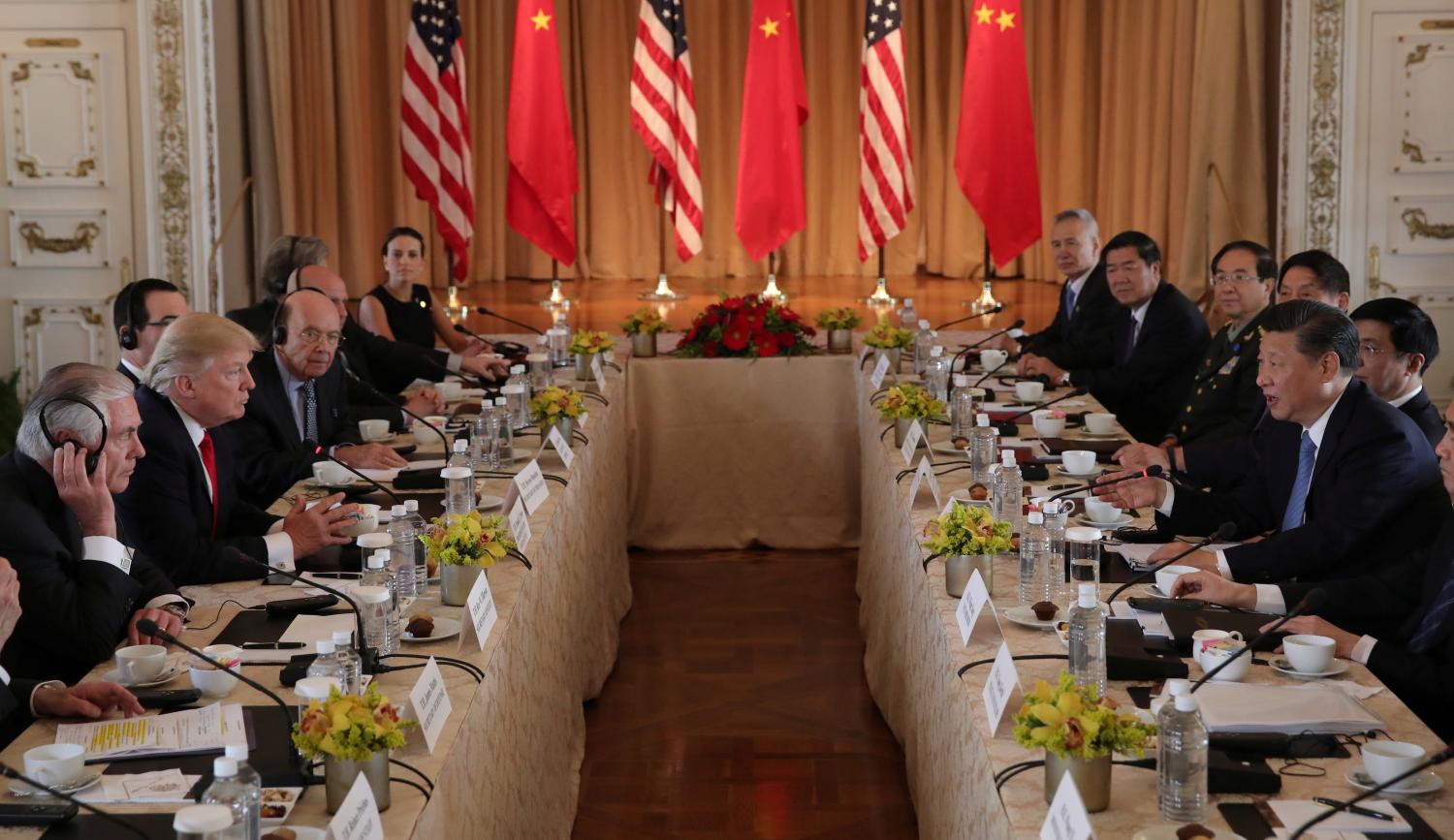
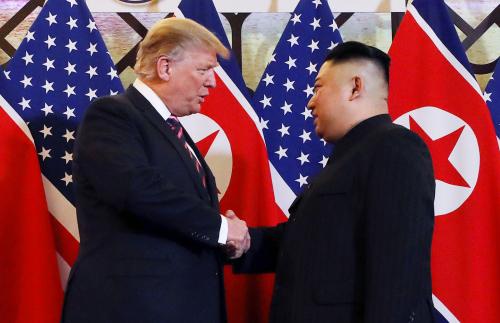

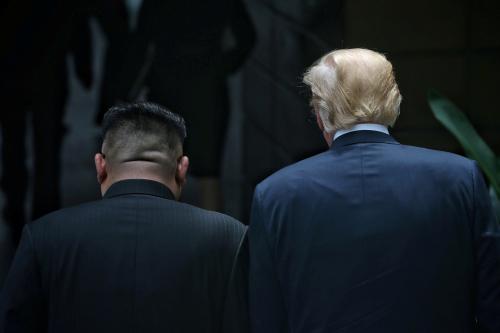




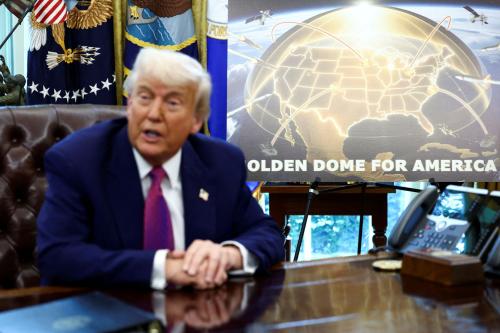
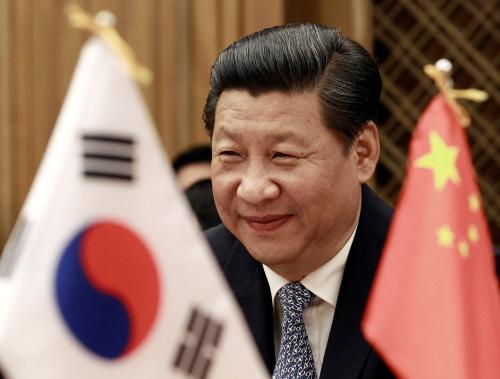
Commentary
Key takeaways from the second summit between President Trump and Kim Jong Un
March 5, 2019